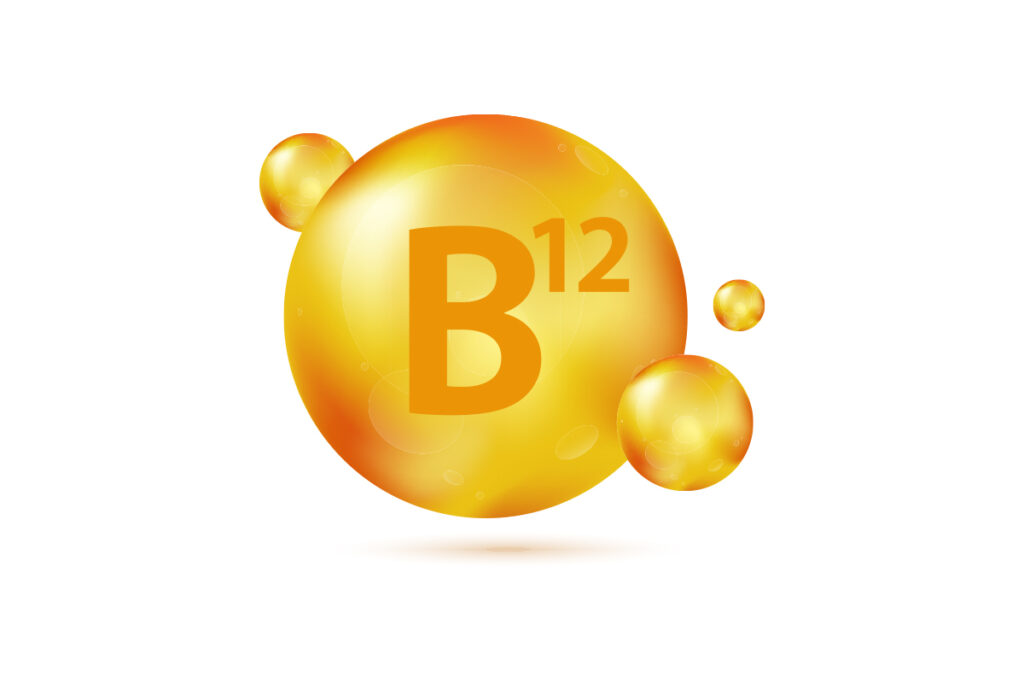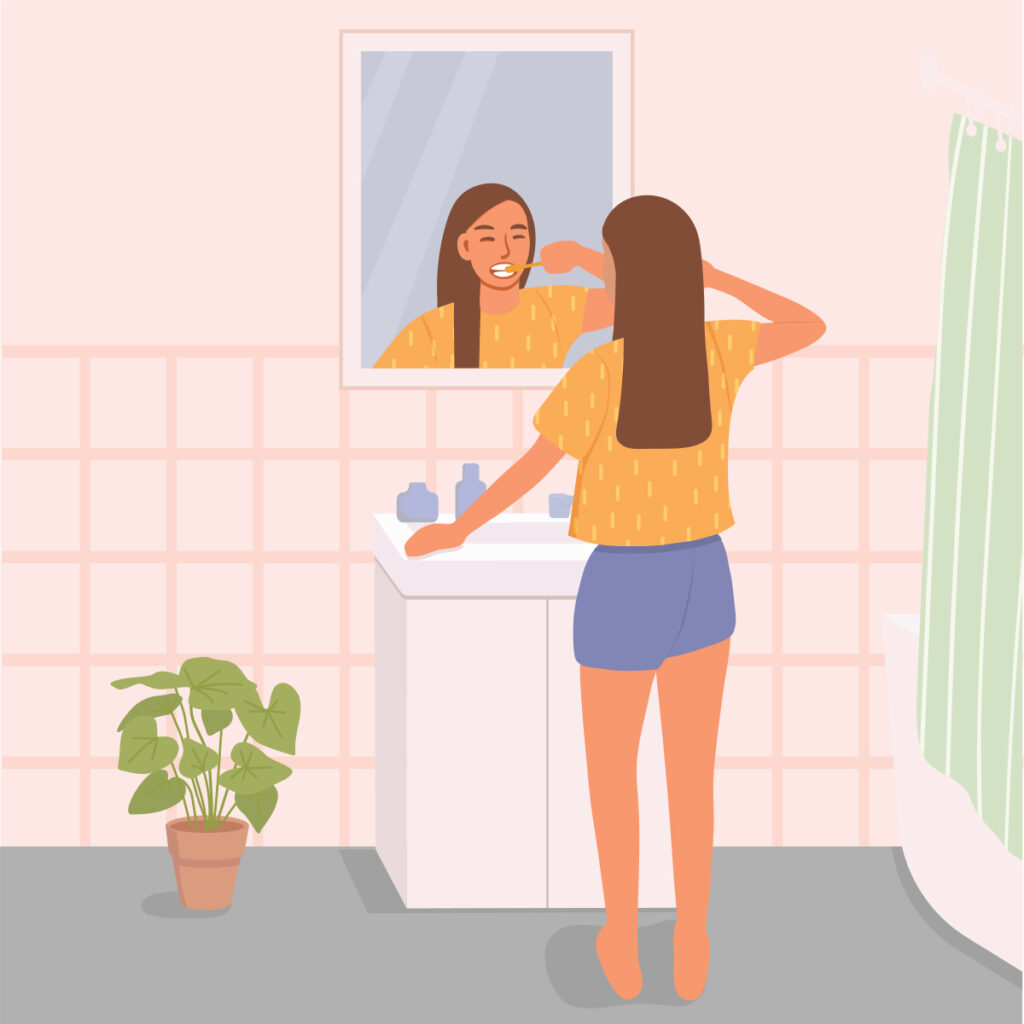What Are Panic Attacks?
Panic attacks are sudden instances of intense fear that occur even when no real danger or threat is present. Panic attacks can cause physical reactions and be very frightening. Many individuals may feel like they are having a heart attack or dying.
According to the Mayo Clinic, panic attacks begin suddenly and without warning—and they can strike at any time. Some individuals may experience just one or two panic attacks in their lifetime; however, others may experience them frequently.
Panic Attack Symptoms
As mentioned earlier, panic attacks can often cause physical reactions with a wide range of symptoms. Symptoms usually peak within a few minutes, and many individuals feel drained and fatigued after an attack. Panic attack symptoms may include:
- Feelings of imminent doom or danger
- Fear of losing control or dying
- Increased, pounding heart beat
- Sweating
- Trembling and shaking
- Shortness of breath and tightening of the throat
- Chills or hot flashes
- Chest pain
- Headaches
- Feeling dizzy or faint

According to the Cleveland Clinic, panic attacks usually last between five to 20 minutes; however, some attacks have been reported to last up to an hour. Individuals who have panic attacks may begin to fear having another episode, causing them to avoid locations or scenarios they associate with the attack.
What Causes Panic Attacks?
Experts are still unsure what exactly causes panic attacks; however, some researchers think that dysfunction in the amygdala (the part of the brain that deals with fear and emotions) may contribute to these episodes. While there are no confirmed causes, the following factors may increase your risk of developing a panic disorder:
- Family history of panic attacks: Many mental health disorders can be inherited. According to the Cleveland Clinic, if an individual has a parent, sibling, or child with the condition, they have a 40% increased risk of developing a panic disorder.
- Other mental health conditions: Individuals with other mental health conditions, like anxiety disorders and depression, are more likely to experience panic attacks.
- Childhood trauma: According to the CDC, adverse childhood experiences (ACEs) are potentially traumatic events that occur when a child is between the ages of birth to 17. This may include experiencing or witnessing violence, substance use problems, or other experiences. Individuals with ACEs are more likely to develop panic attacks.
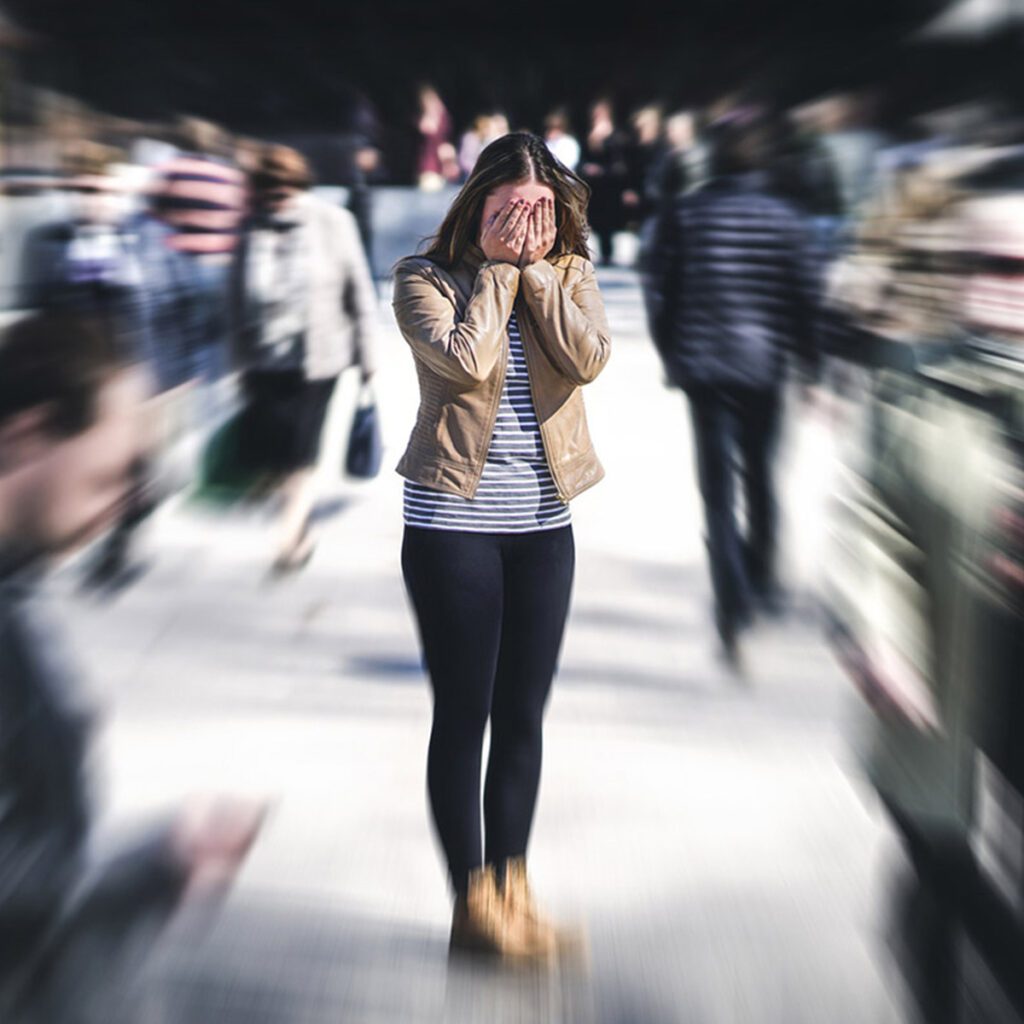
Panic Attack Vs. Anxiety Attack
While some may use the terms panic attack and anxiety attack interchangeably, these conditions differ in many ways.
As mentioned earlier, panic attacks come on suddenly with no warning, and they can cause severe physical symptoms. Panic attacks also occur even when there is no threat or danger.
Anxiety attacks, on the other hand, are usually triggered by certain stressors, like stressful life situations, and they can gradually build up. While an individual may experience negative physical symptoms, they are usually less severe than symptoms of a panic attack.
Diagnosing a Panic Disorder
While some individuals may experience only one or two panic attacks across the course of their life, others may experience them frequently—this is known as a panic disorder.
Panic disorders usually develop when an individual is in their late teens or early adult years, and women are more likely to develop a panic disorder than men. An individual with a panic disorder may experience panic attacks as rarely as a few times a year or as often as a few times a day.
To diagnose a panic disorder, a healthcare professional will ask for your symptoms and medical history. After ruling out medical conditions that can cause panic attacks (such as heart and thyroid disease) they may diagnose you with a panic disorder based on your symptoms and risk factors.
Usually, an individual may be diagnosed with a panic disorder after several instances of panic attacks and if the individual is worried about having more attacks or changing their behaviors to avoid a potential attack.
Therapy for Panic Attacks
While panic disorders are frightening, they can be treated with the support of mental health professionals. One of the most common ways to treat panic disorders is through psychotherapy, specifically Cognitive Behavioral Therapy (CBT).
According to the American Psychological Association, CBT is effective for treating a range of mental health conditions, from panic attacks and anxiety disorders to depression. At its core, CBT helps individuals stop unhelpful ways of thinking and learn new patterns of healthy thinking. Within CBT, mental health professionals may encourage individuals to try exposure therapy.

Medication for Panic Attacks
While therapy can help, some individuals may also benefit from medication to treat panic disorders. According to the National Institute of Mental Health, different types of medication that may help include:
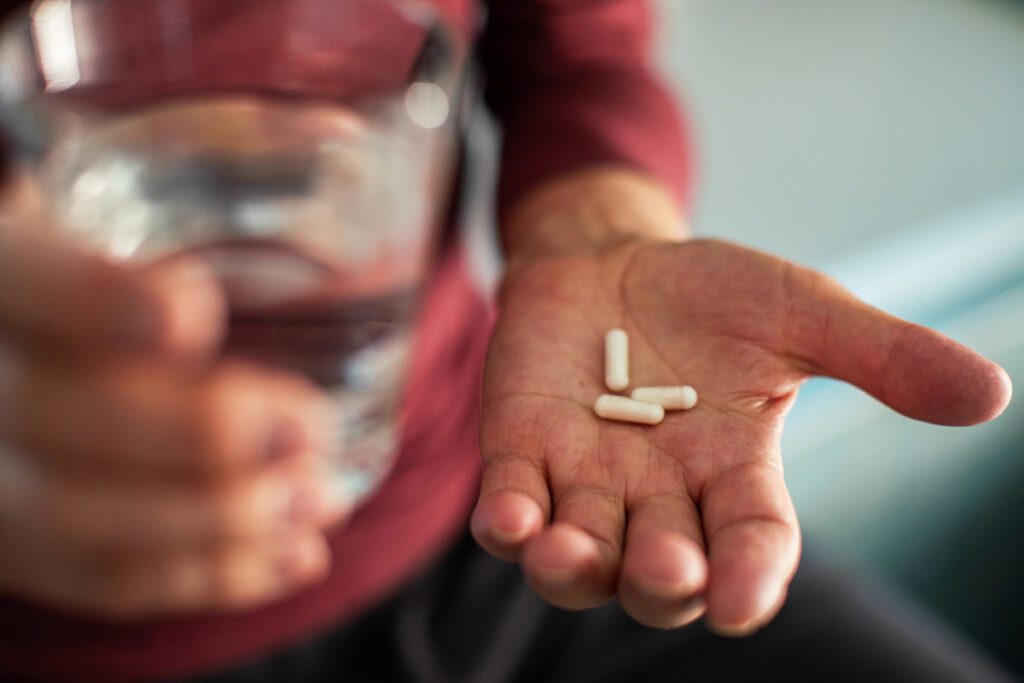
- Antidepressants: Selective serotonin reuptake inhibitors (SSRIs) and serotonin-norepinephrine reuptake inhibitors (SNRIs) are both used to treat depression, but they can also help regulate symptoms of panic attacks. It may take a few weeks for this medication to begin working.
- Anti-anxiety medication: Anxiety medications, like benzodiazepines, can rapidly decrease symptoms of panic attacks. However, many people are able to build up a tolerance to this kind of medication.
Each person is different, so it may take time to find the right medication for each individual. Your healthcare professional may have you switch or combine certain medications to find the right treatment for you. Remember that it may take a few weeks to notice an improvement in your symptoms, and communicate with your healthcare professional about how you are feeling.
Supporting Your Mental Health
Mental health is just as important as physical health. If you are dealing with panic attacks or a panic disorder, don’t hesitate to reach out to a mental health professional. These providers can help you find the right combination of therapy, medication, and lifestyle changes to help you take back control of your life.
Besides therapy and medication, there are other changes you can make in your lifestyle to help alleviate stress and manage your symptoms. Helpful activities may include:
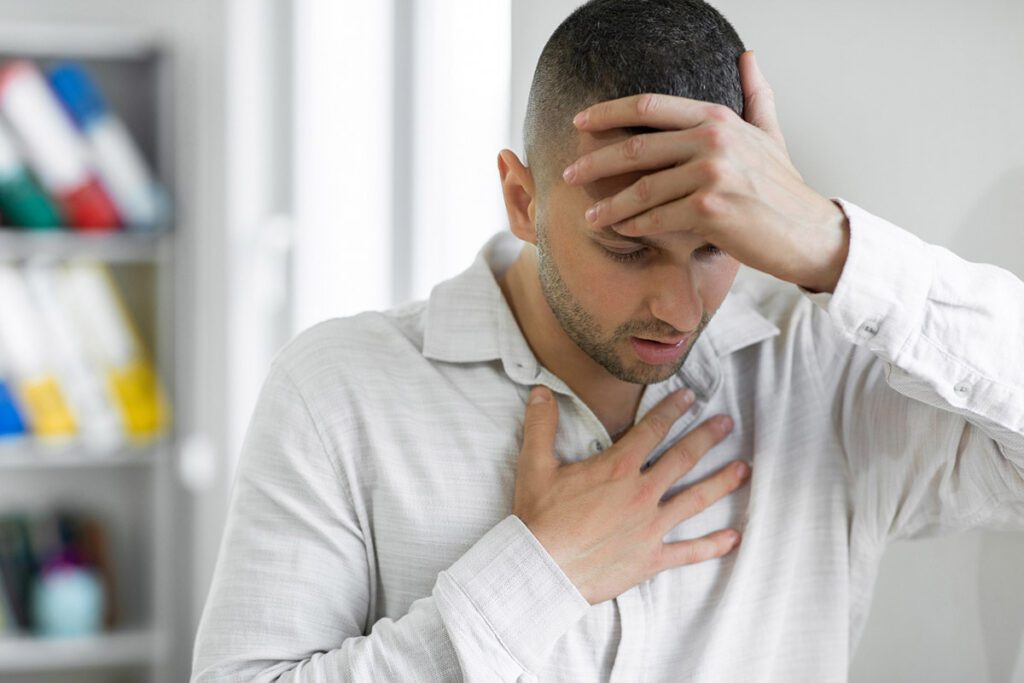
- Exercising: While exercising is good for your physical health, it can also benefit your mental health. Aim for 30 minutes of physical activity a day, whether that’s walking, hitting the gym, dancing, or another activity. If needed, break your 30 minutes up throughout the day.
- Eating healthy: A balanced diet helps you feel good and keeps you focused and energized throughout the day. Stick to nutritionally-dense foods and don’t forget to drink plenty of water.
- Sticking to a sleep schedule: A healthy amount of sleep promotes healthy brain function. Adults need seven hours or more of sleep each night, so make sure to prioritize your sleep schedule.
- Staying connected: Trusted family, friends, and healthcare professionals can provide emotional support and practical help when you aren’t feeling your best. Make sure to prioritize these relationships when dealing with mental health conditions.
Meet the Author

Ali Lemmons, BS, Summa Cum Laude
Ali Lemmons is a graduate of the University of Tennessee at Chattanooga where she earned a Bachelor of Science degree in Communication with a minor in computer science. While at UTC, Ali also earned the distinction of Summa Cum Laude, the Outstanding Senior Award for the communication department, and was inducted into the Kappa Tau Alpha honor society. Now, as editor/digital content specialist for CMC Publications and Digital Smart Marketing, Ali leads the ideation, conceptualization, and development of numerous health, wellness, and lifestyle articles published in print and online for HealthScope, CityScope, and Choose Chattanooga magazines – premier publications serving S.E. Tennessee and North Georgia. She also is the lead copywriter for the company’s social media sites.

